Ceramic tiles are manufactured for different places, interior or exterior, with various sizes from 1 inch to 9 inch. These sizes effortlessly can meet your design requirements for the wall, roof, and floor. If you’re about to start a tiling project – such as resurfacing floors or walls – feel free to get creative, such as paint colors or patterned wallpaper.
The size of the tiles, in particular, can change the vibrancy of a room—from a spa-like bathroom with natural stone mosaics to a classic kitchen backsplash with large porcelain subway tiles.
Let’s take a look at standard and custom tile options and their most popular uses today. Tile comes in a variety of sizes, from quarter-inch to 24-inch. They can be found in squares, rectangles, hexagons, stars, and other custom shapes. Designers often combine various tile sizes to accentuate areas of a room or create texture.
Floor tile size
Floor tiles come in large and small sizes, and their intended placement (e.g. shower, kitchen, etc.) affects size. For instance, you’re more likely to see small mosaic tiles on shower floors because of their high slip resistance.
Large minimalist rooms may use equally large tiles to accentuate their size. You’ll even find plank-style tiles and scallop tiles that look like wood floors in decorative areas such as foyers and hallways.
wall tile size
Bathroom walls typically feature medium and large tiles, but you’ll also find mosaics occasionally. Smaller tiles accentuate specific wall areas, such as the shower.
You’ll also find small tiles on your kitchen backsplash. Subway tiles are a popular choice for home improvement projects, especially in backsplashes, islands, and home bars.
Many homeowners choose square tiles for their modern versatility. For a balanced look, line up small tiles or borders around the edges of the room with medium square tiles. Or make a bold statement with a 24-by-24-inch block. Designers often arrange square tiles in a side-by-side or diamond pattern.
small square brick
Most tiles smaller than 2 inches are considered mosaic tiles. These widgets do exactly what their name implies – mosaic or patchwork tiles. The most common sizes of square mosaic tiles are:
- 1/4″ x 1/4″
- 1/2″ x 1/2″
- 1″ x 1″
- 2″ x 2″
Many of these mosaic tile collections are in sheets several inches wide to allow easier installation for DIYers. As mentioned, small tiles create more friction for smooth floors and add texture to the space. They also highlight an area of the room, such as the kitchen backsplash.
Medium Square Tile
Medium-sized square tiles are a favorite among DIYers. They are easier to install than large, heavy tiles or small mosaic tiles. They are also easy to replace if there are chips or stains. You are most likely to discover medium square tiles on backsplashes, countertops, and bathroom walls. The most common sizes include:
- 3″ x 3″
- 4″ x 4″
- 5″ x 5″
large square tiles
Square tiles 6 inches and above can be found on floors and walls. 6-inch tiles are a common choice for bathroom floors, while larger tiles work best in large, spacious rooms. Top sizes include:
- 6″ x 6″
- 8″ x 8″
- 12″ x 12″
- 16″ x 16″
- 24″ x 24″
Although oversized tiles are currently popular in bathroom design, installing very large tiles in a small room can look bad when placed incorrectly, especially if you can only install a few tiles. So always hire a local bathroom designer to help with unique design challenges.
- Rectangular tile size
It’s fascinating how the shape of the tiles can help you see a room in a new way. Rectangular tiles can elongate a space, especially when installed perpendicular to the long sides of a rectangular room. You can also create playful herringbone patterns for backsplashes and floors.
mosaic rectangle
Just like square mosaic tiles, these options work best on backsplashes, and shower floors, or accentuate the edges of special areas on walls and counters. Standard sizes include:
- 1″ x 2″
- 1″ x 3″
- 1″ x 4″
- 2″ x 3″
- 2″ x 4″
- 2″ x 5″
- 2″ x 6″
- 2″ x 8″
subway tile size
Taking their name from the original New York City subway tiles, medium-sized rectangular tiles are a hit on floors and walls. Subway tiles create a clean look on kitchen walls, are usually large enough for bathroom floors, and pair well with mosaics nearby. These tiles are accessible within the taking after sizes:
- 3″ x 4″
- 3″ x 6″
- 3″ x 8″
- 6″ x 8″
Plank tile size
Rectangular tiles with the longest proportions are often called planks. Many modern plank tiles are made from synthetic materials that mimic the grain of the wood to give the appearance of hardwood flooring.
Although you’re more likely to find this size underfoot, some designers also use it on walls as a more durable alternative to stacking. Dimensions include:
- 4″ x 24″
- 6″ x 24″
- 8″ x 32″
- 12″ x 24″
- 12″ x 48″
- Customize tile shape and size
Once you get into more unique tile shapes, sizes, and layouts, there’s more variation. The odd shapes can be used alone or paired with more traditional squares and rectangles. Some shapes, such as star and cross patterns, fit together like a puzzle.
Hexagon and octagon tiles
Six-sided and eight-sided tiles create more movement and texture in the space. You’ll find smaller varieties on backsplashes or shower floors, and larger varieties on the kitchen, foyer, and bathroom floors. Daily dimensional changes (range of measurement) include:
- 3″
- 4″
- 6″
- 8″
- 12″
Star cross tiles
The star pattern is a popular choice for entryways, hallways, kitchens, and patios. You can also find smaller craftsman style tiles in areas like the backsplash. Dimensions include:
- 2″ x 6″
- 3″ x 3″
- 3″ x 6″
- 6″x6″
- 7 1/4″ x 7 1/4″
Arabesque tile
This form inspired by nature has been seen in many cultures around the world but originated in the Orient. The refined shape is suitable for accent areas such as kitchen wall backsplashes, shower walls, or showers. You will find symmetrical arabesques and elongated varieties. Find the following sizes:
- 2″x2″
- 2 1/2″ x 2 1/2″
- 2 1/2″ x 3″
- 3″ x 3″
- 5″x5″
- 9″ x 11″
- 11″ × 11″
Scallop tiles
Similarly, scallop tiles mimic the layered look of natural mosaics like seashells and leaves. Layered together, you can create elegant and sophisticated patterns that are perfect for a farmhouse kitchen or shabby-chic bathroom. You can almost always find scallop tiles on the walls and sometimes on the shower floor. Standard sizes include:
- 1/2″ x 1/2″
- 3/4″ x 3/4″
- 1″ x 1″
- 1″ x 1 3/4″
- 2″x2″
- 6″ x 7″
- 9″ x 13″
Keep in mind that local tile installers often calculate the cost of tiles for a room in square feet, not a rate per tile. Ultimately, however, the price will depend on finding and installing the tile material of your choice, how easy the pattern is to design, and whether or not you choose a shape, size, and finish. a custom finish.

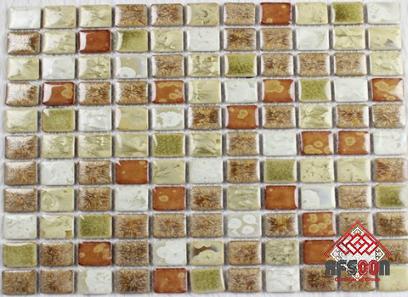

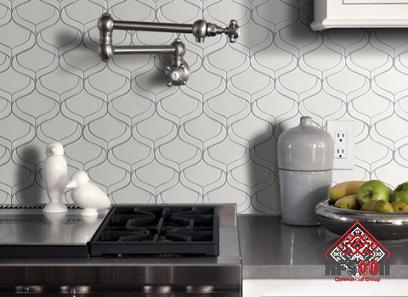
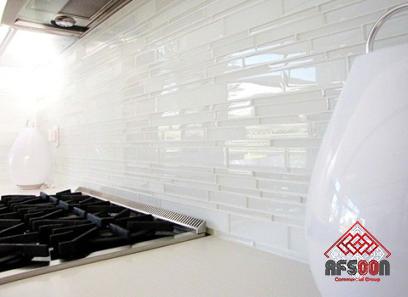
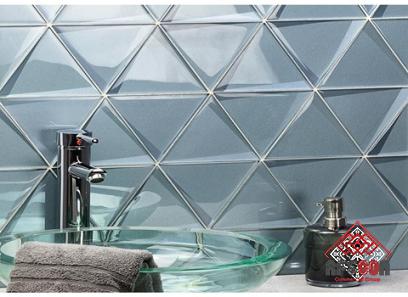
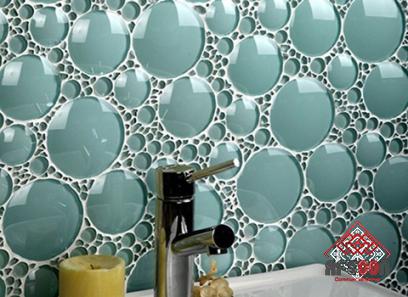

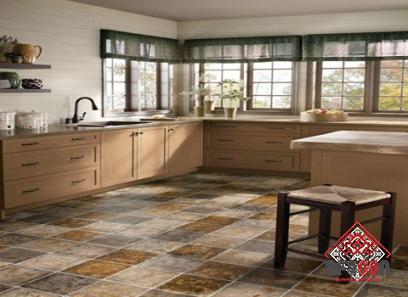
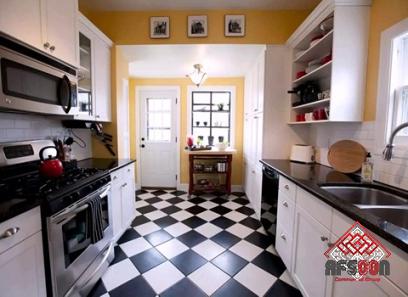
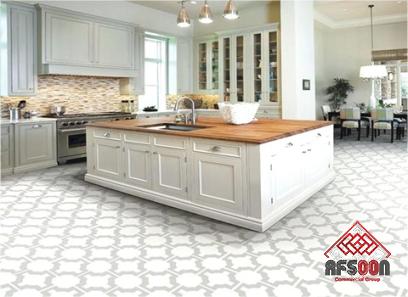
Your comment submitted.